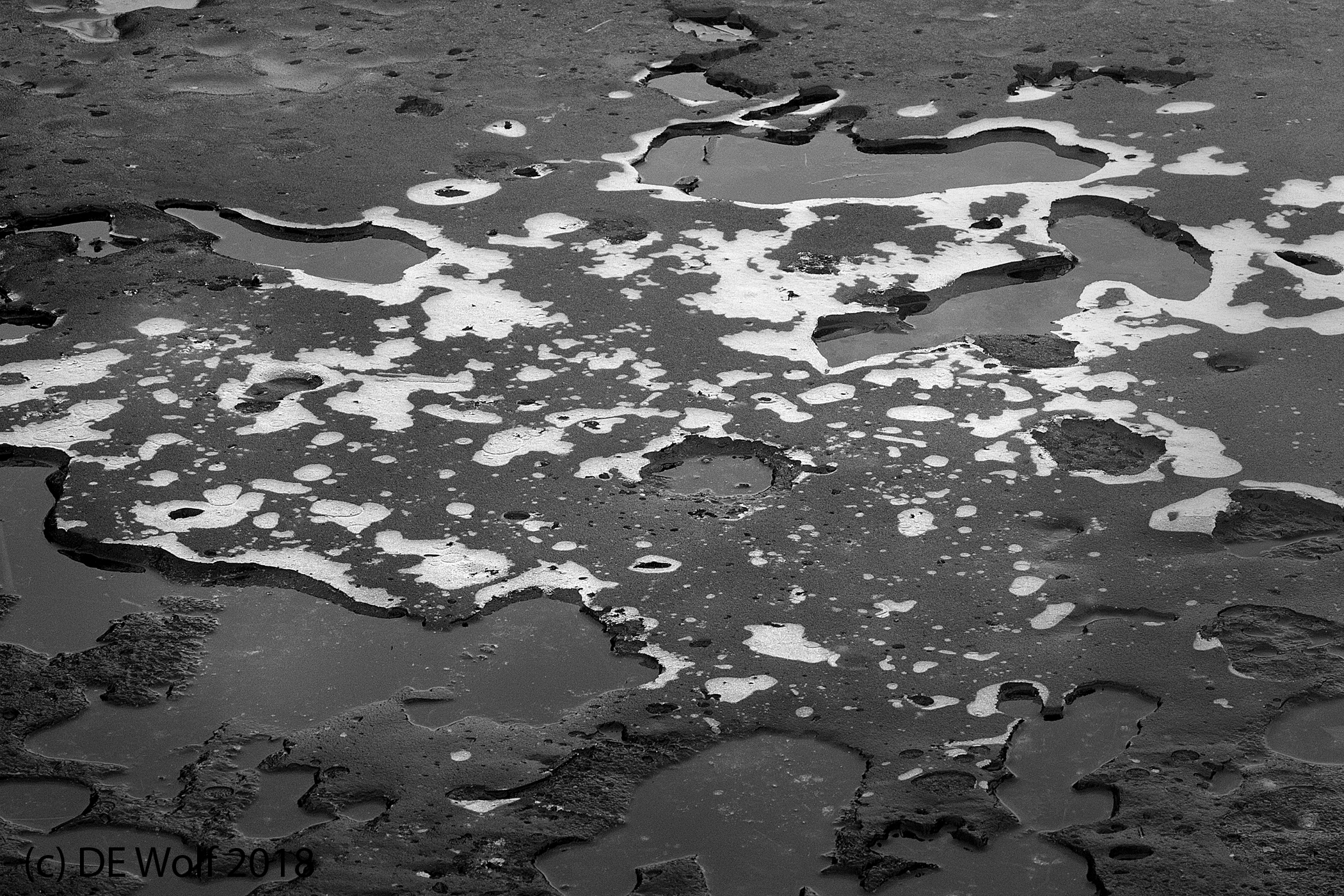
Figure 1 – Water, air, and ice on the pond, Assabet River National Wildlife Refuge, Maynard, MA, February 24, 2018. (c) DE Wolf 2018.
There seems to be an infinite variety of form for snow and ice. This derives principally from the complex “phase behavior” of water. That is a long story, but basically the point is that if you apply pressure to ice, it does not stay solid, rather it becomes a liquid and if you’re not careful you slip and fall. Dry ice, frozen carbon dioxide, does not do this. It stays solid and you cannot ice-skate on dry ice. The second factor is the one of history. The natural world has a tendency to change and not remain static. Hence, the ice you see and photograph is like a recording of all that it has been, a serial reflecting the vagaries and changes of weather.
In the context I came upon this ice, mixed with air and water, on a shallow part of the pond on Saturday afternoon. In nature structure arises out of chaos and reflects and copies the funadament structure of the building block molecules.
“Ice contains no future , just the past, sealed away. As if they’re alive, everything in the world is sealed up inside, clear and distinct. Ice can preserve all kinds of things that way- cleanly, clearly. That’s the essence of ice, the role it plays.”
Haruki Murakami, Blind Willow, Sleeping Woman
Canon T2i with EF70-200mm f/4L USM lens at 75 mm, ISO 1600, Aperture Priority AE Mode, 1/400th sec at f/11 with +1/3 exposure compensation.
